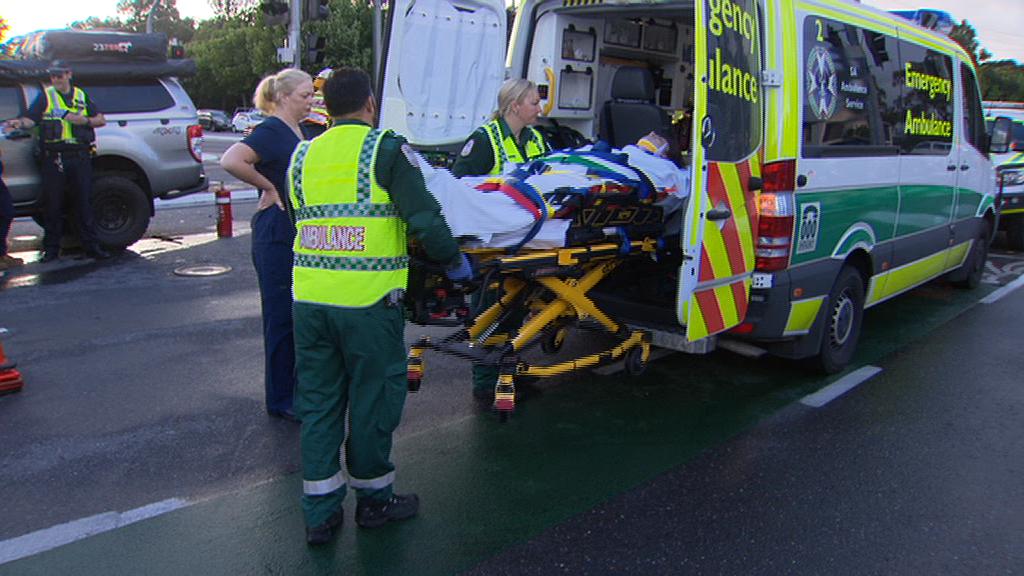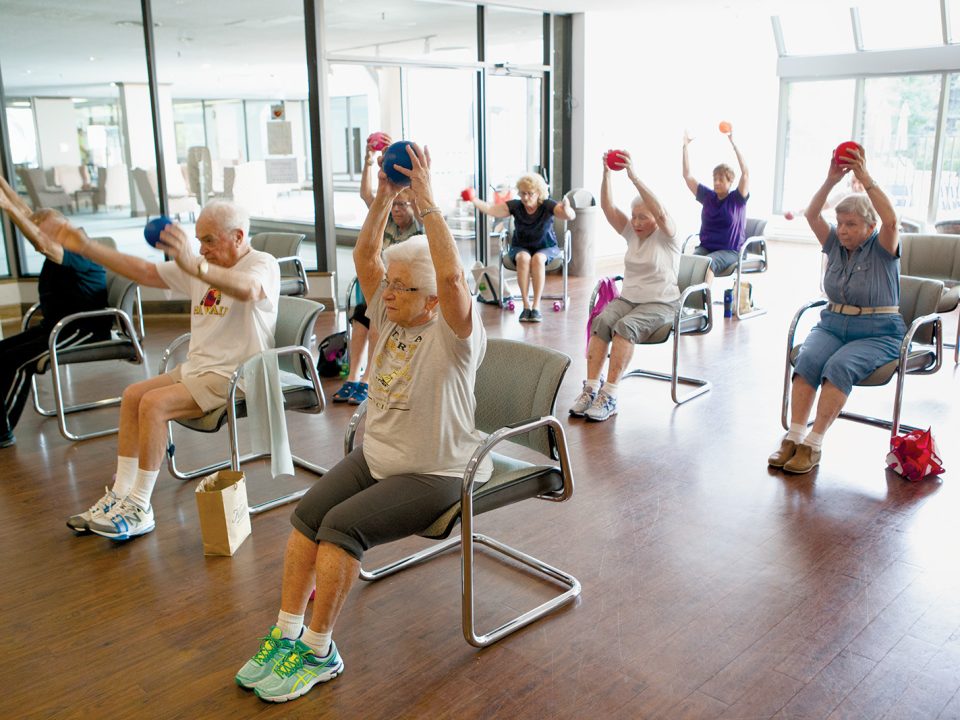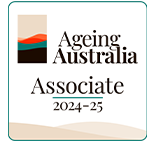
Hero nurse helps in rescue of driver trapped in smash on Marion and Sturt Roads
November 4, 2019
Cameras to be installed in SA nursing home rooms
November 10, 2019Nurses urged to be aware of the early warning signs of vicarious trauma

Young arab doctor surgeon woman over isolated background with hand on head for pain in head because stress. Suffering migraine.
Nurses urged to be aware of the early warning signs of vicarious trauma
Merrin Wake of the Blue Knot Foundation, the National Centre of Excellence for Complex Trauma, spoke to delegates at the Australian Nursing and Midwifery Federation’s (ANMF) 14th Biennial National Conference in Melbourne recently.
“It is important to differentiate vicarious trauma (VT) from compassion fatigue and burnout, with which it is often confused, and yet commonly co-exists. VT is a different experience to burnout, it creeps in very slowly.”
A paediatric registered nurse and child safety trauma informed practice consultant, Ms Wake said the impacts of VT on the body could resemble post-traumatic stress disorder.
“VT is different in that it becomes intrusive, it becomes part of your every day.
There is loss of motivation and hope. It impacts relationships. It affects beliefs about ourselves, other people and the world.”
Vicarious trauma is described as the negative transformation in the helper that results (across time) from empathic engagement with trauma survivors and their traumatic material, combined with a commitment or responsibility to help them.
According to The Blue Knot Foundation, VT is the cost of working with people who have experienced trauma and abuse – of bearing witness and of empathic engagement with those affected.
People who work in services to which people with traumatic histories present seeking help, or who work with traumatic material are at particular risk, including nurses and those in mental health.
The greater the exposure to traumatic material, the greater the risk of vicarious trauma.
“The work engages our emotions, history, memories. Just removing the trauma material itself won’t heal VT,” cautioned Ms Wake.
“When you leave the position, VT doesn’t leave as well, even if you have left the trauma space. It is a distinct experience, a kind of continuum.”
VT varies in intensity and symptoms and affects quality of life. Psychological impacts on safety, trust, self-esteem and control; and affects cognition and body and brain functioning. Those affected may exhibit numbing, dissociation, and a decrease in coping capacity and strategies.
VT can be challenging to recognise and deal with. Anyone working with people affected by trauma or with traumatic material can benefit for understanding more about vicarious trauma, how to recognise the risks early and manage them, Ms Wake said.
“It’s important for us to identify the early warning signs and create a culture about how well we are working.
“We shouldn’t ignore the signs. Don’t wait until crisis time. Think about the red flags before there is cognitive decline. Check in on how you’re regulating your emotions. Have a really good tribe about you.”
Organisations had a health and safety responsibility, particularly workplaces that exposed workers to traumatic material, Ms Wake said.
“The key component must be supporting the worker.”
Strategies to mitigate VT included: creating a workplace culture where workers could openly talk about their work; and having a coordinated approach in response to traumatic events at work.
“Even after VT, it’s important to know the brain can redesign and people can recover. It can even bring a renewed idea of how to look after yourself.”
Ms Wake outlined the domains of self-care, including wellbeing, spiritual/meaning, physical, environment, social/relationships, emotional/psychological and professional.
“Find something that supports the work you do not what you think you should do.
If it’s not supporting you, or giving you joy, try something else.”
Ms Wake said it was important for nurses to find meaning and hope in what they do.
“How are you when you get up? Rate it on a scale of 0 to 10. Are you 8?”
The Blue Knot Foundation delivers a range of professional development training programs to mitigate the risks of vicarious trauma. To find more go to Blue Knot’s Managing Vicarious Trauma training page.
This article was originally published on The Australian Nurses & Midwifery Journal on 31/10/19 by Natalie Dragon.










